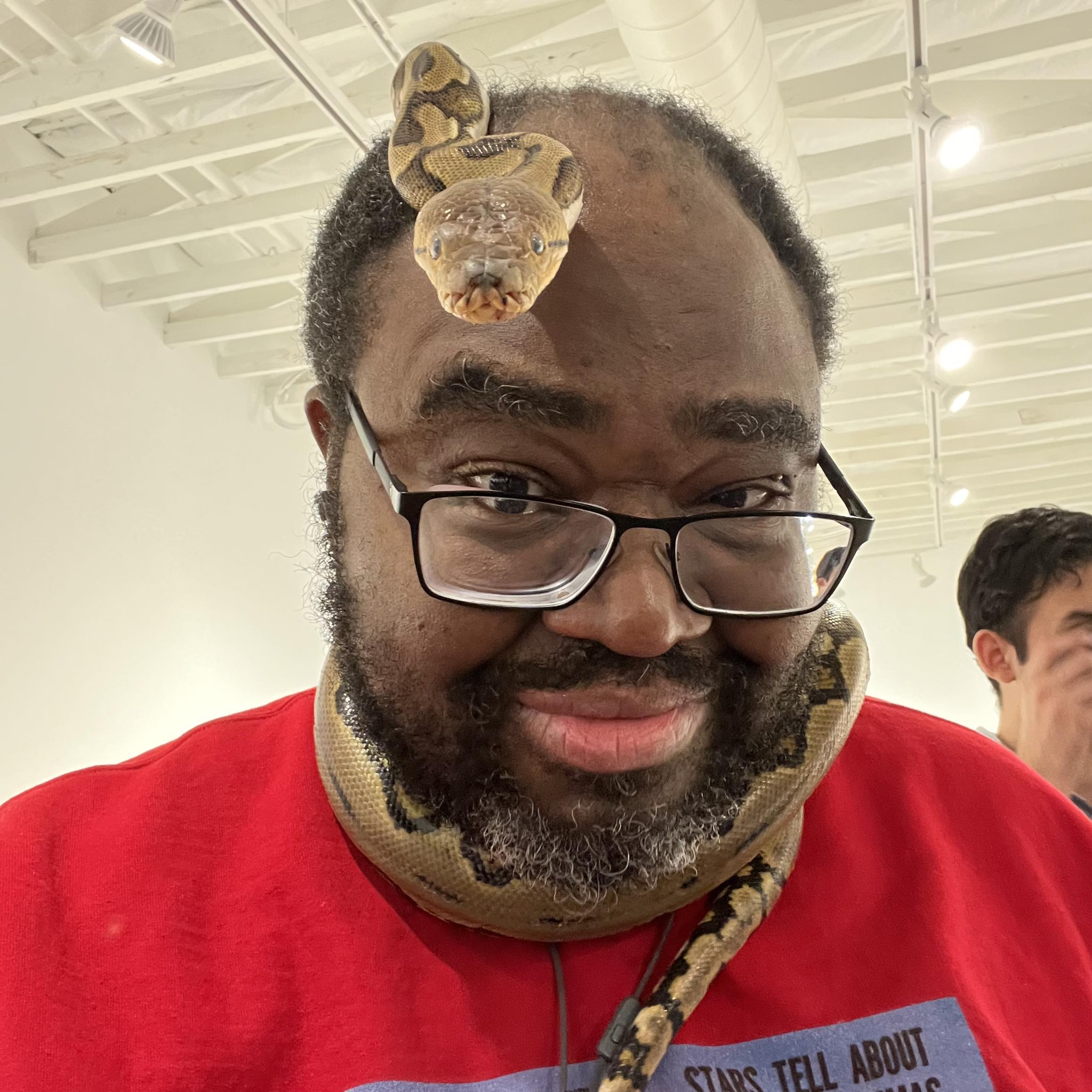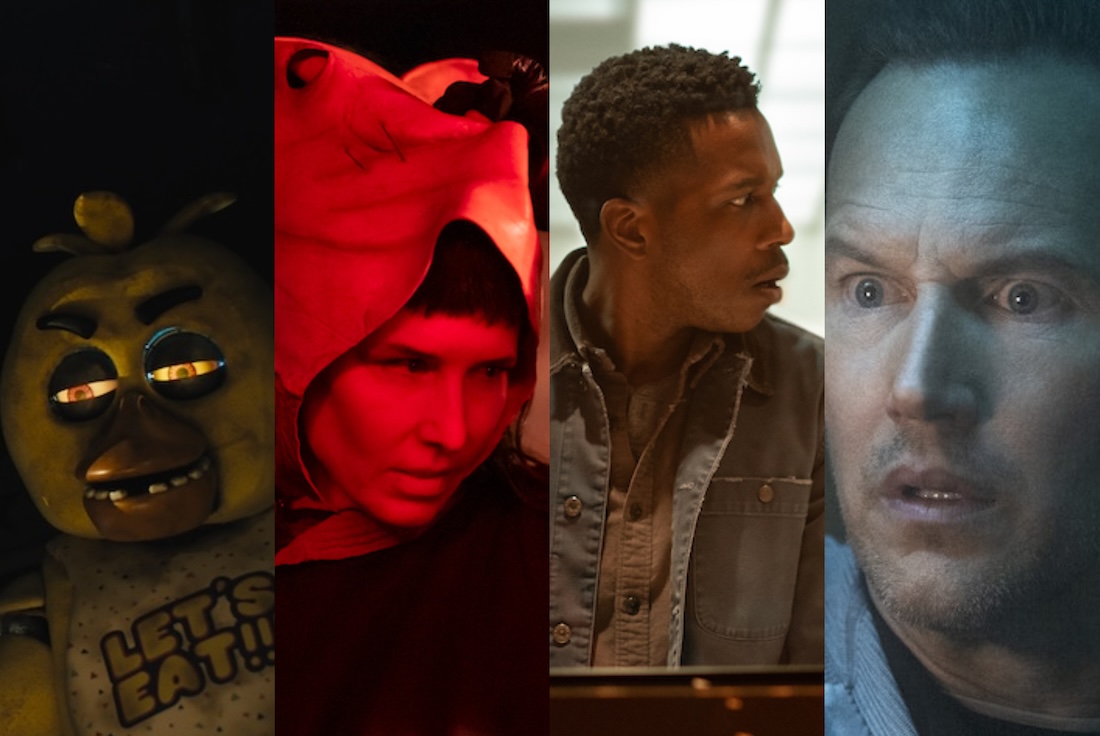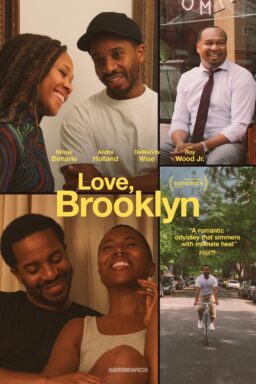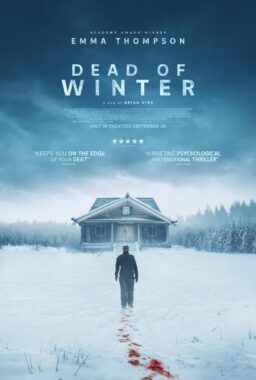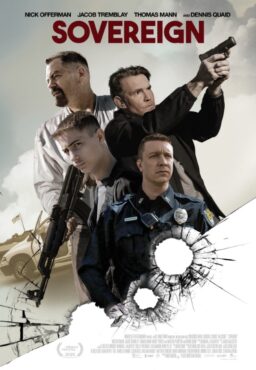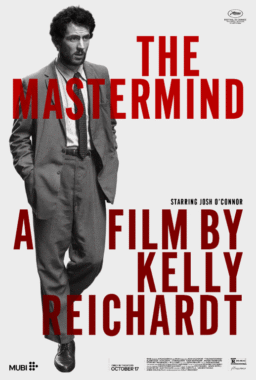Not too long ago, a friend of mine posted on Facebook that “Saw X” was coming out in theaters and he wanted all the people who’ve been bad-mouthing the Marvel movies and the “Fast & Furious” films (two types of films he loves) for being tired and derivative to have “the same energy” for this latest horror installment. “Jigsaw been dead for years and is somehow either still unaliving people or giving people instructions to unalive people,” my boy wrote. “He must have been putting on serial killer seminars two times a day, five days a week.”
While I understand that my friend wouldn’t want another film where an old dude finds elaborate ways to gruesomely kill people, making a “Saw” movie is wildly different from making a Marvel or “Fast & Furious” movie. For starters, “Saw X” only cost $13 million, a mere pittance compared to the millions and millions of dollars the average Marvel or “Fast & Furious” film cost. Since its opening a month ago, it has already grossed $78.7 million.
“Horror movies are almost bulletproof,” says Scott Wampler, who writes about scary movies for Fangoria and co-hosts “The Kingcast,” a podcast on all things Stephen King. In a time when people can’t stop lamenting the death of cinema, the horror movie genre continues to thrive at the box office. Just look at all the horror that’s currently playing in theaters: “The Nun II,” the latest installment in the ever-expanding “The Conjuring” universe, has so far grossed $263.6 million worldwide. “The Exorcist: Believer” has grossed $109 million. Even the conventional, Agatha Christie-based thriller “A Haunting in Venice” has made $113 million, inching its way to making twice its budget. And the just-released “Five Nights at Freddy’s,” based on the jumpscare-crazy video game, made $130 million globally (including a jaw-dropping $78 million here in the States) on its opening weekend—and the movie is also streaming on Peacock.

Of course, we could chalk up the success of these films to the fact that it’s October—aka Halloween time. But horror films have been killing it (pardon the pun) all through this year. It all started with “M3GAN,” the killer-doll movie that launched a million TikToks, which made $181 million against a $12 million budget. “The Pope’s Exorcist,” which had Russell Crowe going all supernatural, cost $18 million and made $76.7 million. In the land of sequels, “Scream VI,” budgeted somewhere between $33-$35 million and made $169 million, and “Insidious: The Red Door” made $188.8 million against a $16 million budget. “The Boogeyman,” the latest big-screen adaptation of something Stephen King wrote, was supposed to go straight to Hulu. But a positive test screening prompted 20th Century Studios to release it in theaters, where the $35 million film grossed $82 million. Even art-house horror has been raking in dough. The Canadian horror flick “Skinamarink” was made for $15,000 and has made $5.1 million. A24 also came with the Aussie chiller “Talk to Me,” budgeted at $4.5 million and has already made $90 million.
As successful as horror films can get, studios still aren’t keen on giving them a hefty budget. In this age of astronomical movie budgets (even Martin Scorsese’s latest “Killers of the Flower Moon” cost $200 million, mostly provided by Apple), those are usually reserved movies that could attract a wider, mainstream audience. While there is an audience for bloody, violent movies, studios usually keep the budgets low. “I think studios are reluctant to spend, say, $100 million making a horror movie because horror is a riskier proposition, much like a big-screen comedy these days,” says Wampler. “You don’t really know what’s gonna hit and, so, it’s a far safer bet to keep the budget moderate, if not low, and then hope for a word-of-mouth hit.”
Full disclosure: I’m not that big of a horror fan. There have been times when I watch a slasher movie and hope that the killer gets all these dumb-ass characters so I can go home. But even people who aren’t down with the blood and gore can’t deny that horror movies continue to slay (sorry, once again), while comic-book blockbusters, after 15 years of ruling (or, some would say, oversaturating) the box office, are declining in both quality and ticket sales. Oh sure, there were a couple of bonafide hits. “Guardians of the Galaxy Vol. 3” made $845 million against a $250 million budget. And “Spider-Man: Across the Universe,” budgeted at $100 million, brought in a whopping $690 million, almost earning double what “Spider-Man: Into the Spider-Verse” made in 2018. But other superhero sagas didn’t soar. “Ant-Man and the Wasp: Quantumania,” the first entry in the Marvel Cinematic Universe’s Phase Five, cost $200 million to make and took in $476 million worldwide, falling short of its break-even point of $600 million. (It’s also the lowest-grossing Ant-Man movie.) And do we even need to get into the pitiful box-office tallies of the DCEU films? Here’s hoping that the upcoming Aquaman sequel (directed by James Wan, who has written and directed movies in the “Saw,” “Insidious,” and “The Conjuring” franchises) will at least be a profitable swan song for the DCEU before James Gunn reboots the whole thing.

It isn’t just the comic-book blockbusters that have been barely breaking even. If your movie wasn’t named “Barbie” and “Oppenheimer,” then this past summer movie season was a cruel one. “Fast X,” the last “Fast & Furious” installment, cost $340 million. Although it eventually grossed $714 million, it needed $800-850 million worldwide just to break even. (Variety reported that it “barely crawled into the black.”) “Indiana Jones and the Dial of Destiny” was a critical and commercial flop, proving that audiences didn’t want to see the eightysomething Harrison Ford do death-defying stuff. And even though “Mission: Impossible – Dead Reckoning: Part One” flick made $567 million, the Barbenheimer blitzkrieg practically kept it from turning a profit in its theatrical run.
If you ask horror fans, it’s quite simple why horror films have excelled. Robert Saucedo, film buyer for Alamo Drafthouse Cinema and author of the graphic novel Where Wolf, says that horror films have been the go-to genre for most moviegoers post-pandemic. “My personal theory is that people have gotten used to watching things at home,” says Saucedo. “A horror movie is such a communal experience that it works great when you watch it in a theater full of people screaming and reacting to the movie alongside you … People like to go to the theater and get scared with other people.”
Karie Bible, an analyst for Exhibitor Relations and a tour guide for Hollywood Forever Cemetery (her birthday is also on Halloween) finds that horror films speak a lot about what’s going on with people during a certain time, whether it’s now or a hundred years ago. “If you wanna get psychological here, I think they really tap into something primal within people,” says Bible. “Since the beginning, they’ve been kinda reflecting our fears, our worst nightmares and, also, in conjunction with what’s been happening in the world. You had horror movies making a fortune during the Great Depression. You had horror movies during World War II … You’ve kinda had horror movies reflecting the collective tension and fears and deepest, darkest dreads of people since the beginning of film.”

With the way that horror films can cost way less than a blockbuster and still easily put asses in seats (something that these blockbusters could learn from), you could say that the genre is a necessary evil for Hollywood. Movie distributors became major studios thanks to horror. Back in the ‘30s, Universal was Tinseltown’s resident horror haven, dropping classic monster movies like “Dracula,” “Frankenstein,” and “The Mummy.” New Line Cinema is basically the House Freddy Kruger Built (and Terrorized), as the “A Nightmare on Elm Street” movies later financially fueled the company to make films like the “Lord of the Rings” trilogy. (Peter Jackson was reportedly hired to helm the trilogy because he wrote a script for a “Nightmare” sequel that was never made.) And I’m sure if it wasn’t for all those “Saw” movies, Lionsgate wouldn’t have gone on to make all those “Hunger Games” movies (including the one that’ll be out next month).
Mediocre horror movies still make a profit. But it’s still something that insiders worry about. “The Exorcist: Believer” has been eviscerated by critics and audiences (it currently has a C rating on CinemaScore), but it still took in over $100 million. While there has been a lot of discussion about the $400 million Universal forked over to get the remake and sequel rights (and two more “Exorcist” films are coming), Wampler feels that some things have to change if Universal wants to make a good return on its investment. “I think it’s likely that they’re gonna do something drastic between the first one and the second one, up to and including maybe changing the director or maybe changing screenwriters or going in a new direction,” says Wampler. “I mean, there’s really no telling. It’s kind of an interesting experiment they’ve launched for themselves.”
Horror fans are fully aware that horror movies are often a crapshoot. You might get the next “The Texas Chainsaw Massacre,” or you might get the next “The Texas Chainsaw Massacre: The Next Generation” (starring a young Matthew McConaughey and Renee Zellweger). “The dirty little secret about horror movies is that a lot of them are just fine,” says Wampler. “But it’s like a scratch ticket—every time you go to the theater to see a horror movie, you’re scratching that ticket and, sometimes, it [expletive] hits and, then, you got a new masterpiece on your hands … But the thrill of seeing a new, classic horror movie, I think, is also playing a role in the durability of the genre.”
Of course, it goes right back to people wanting to get scared with other people. Horror movies always guarantee a wild-ass night at the multiplexes.
“Horror is a roller coaster,” says Wampler. “You’re showing up for that experience of being thrilled or feeling your heart in your throat or being inspired to yell out at the screen or whatever you [expletive] do during horror movies. It’s exciting in a way that going to see the latest drama [isn’t], and it might be a masterpiece. It might be the best movie of the year, but it’s still about a guy breaking up with his wife, you know what I mean. That might be a great film, but it’s a completely different experience from seeing something that scares the [expletive] outta ya and you come away from the experience, maybe having nightmares or you talk to your friends about it afterward about the parts that really lit you up. You’re not gonna get that watching “Marriage Story.” You’re just not.”
